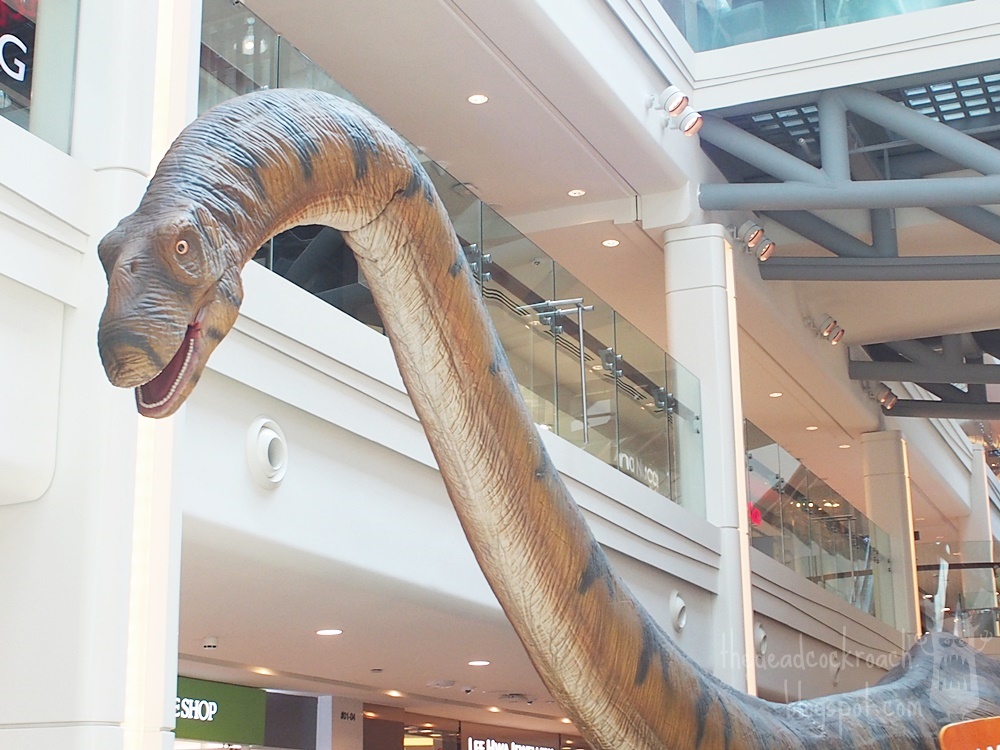
Great news for all you dinosaur fanatics out there!
Dinosaurs have been sighted at Plaza Singapura and if you like these prehistoric creatures as much as I do, then do not give this exhibition a miss!
In collaboration with Sceince Centre Singapore, Plaza Singapura has brought in five animatronic dinosaurs for this mid-year school holidays.
The animatronics were quite realistic with their movements and sounds. One kid started crying from far while another begged for mercy from her enthusiastic parents not to make her pose for photos with the big, scary monsters!
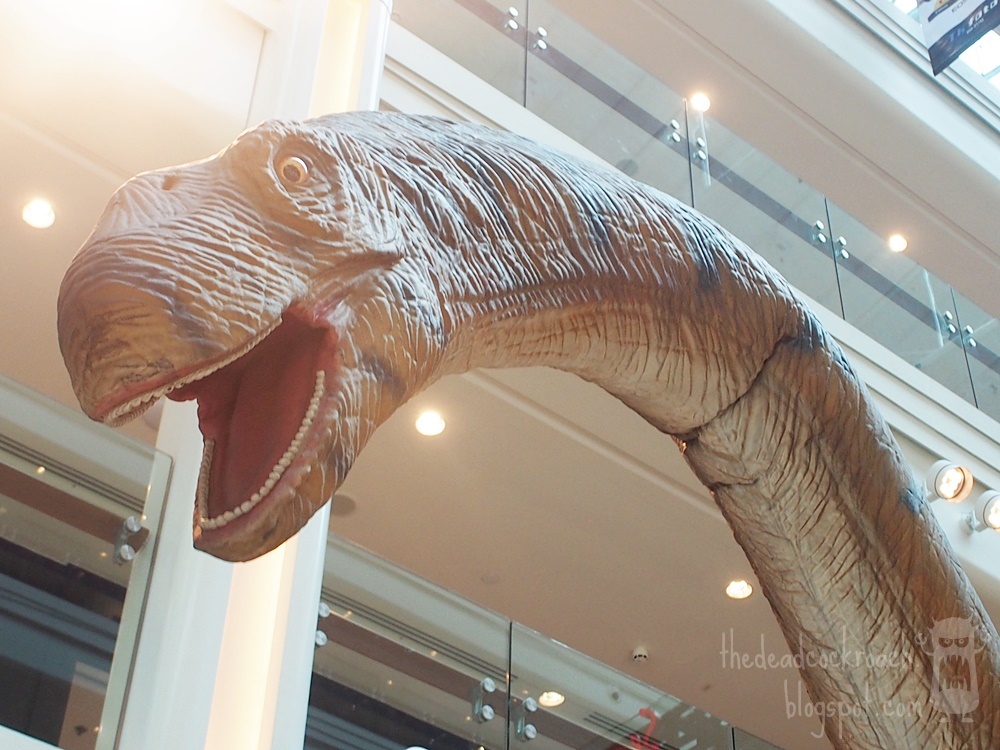
Mamenchisaurus
Mamenchisaurus is a sauropod dinosaur genus including several species, known for their remarkably long necks which made up half the total body length. It is known from numerous species which ranged in time from 160 to 145 million years ago, from the Oxfordian to Tithonian ages of the late Jurassic Period of China, and the largest species may have reached 35 m (115 ft) in length and possibly weighed 50 to 75 tons.Mamenchisaurus was first discovered in 1952 on the construction site of the Yitang Highway in Sichuan, China. - Wiki
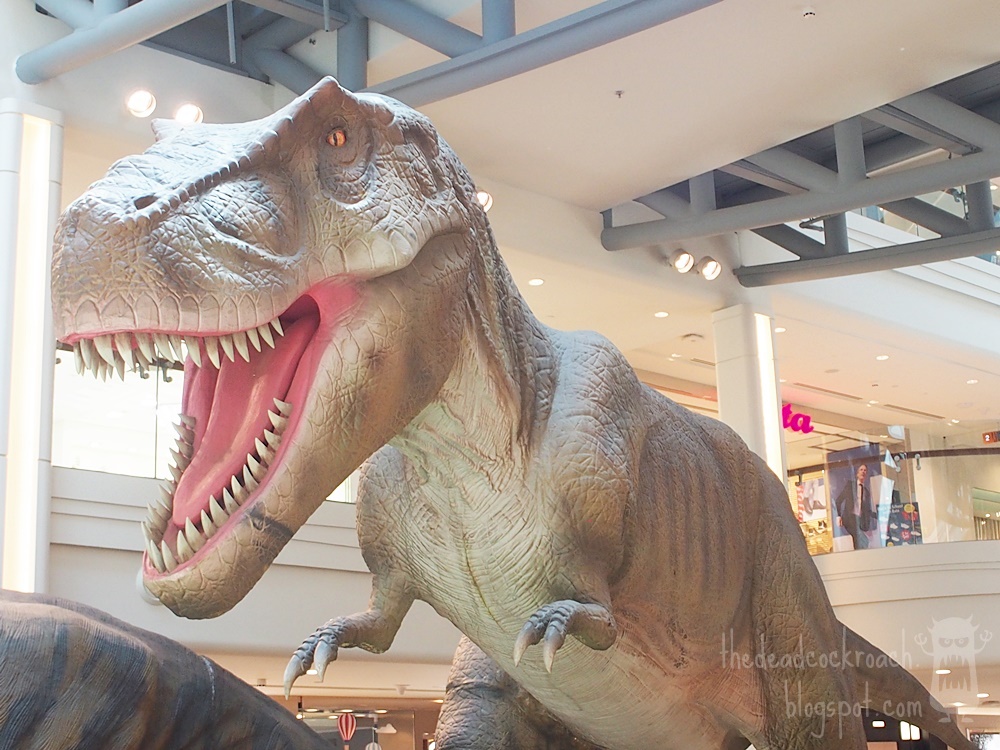
Tyrannosaurus
Tyrannosaurus is a genus of coelurosaurian theropod dinosaur. The species Tyrannosaurus rex (rex meaning "king" in Latin), is one of the most well-represented of the large theropods. Tyrannosaurus lived throughout what is now western North America, on what was then an island continent known as Laramidia. Tyrannosaurus had a much wider range than other tyrannosaurids. Fossils are found in a variety of rock formations dating to the Maastrichtian age of the upper Cretaceous Period, 68 to 66 million years ago. It was the last known member of the tyrannosaurids, and among the last non-avian dinosaurs to exist before the Cretaceous–Paleogene extinction. - Wiki
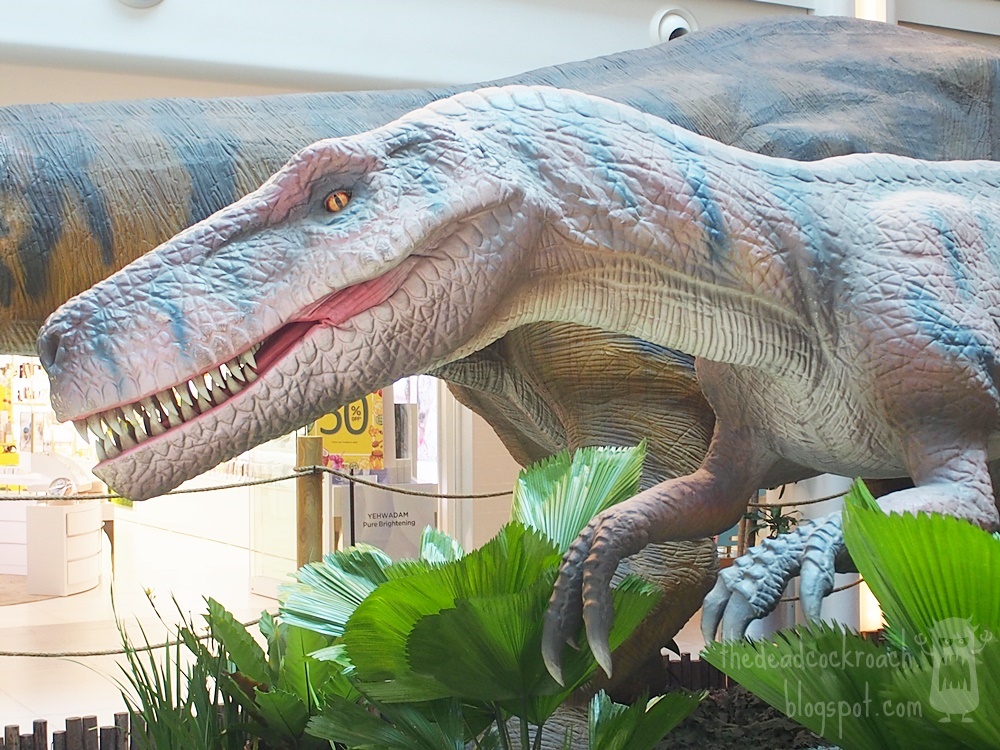
Herrerasaurus
Herrerasaurus was one of the earliest dinosaurs. Its name means "Herrera's lizard", after the rancher who discovered the first specimen. All known fossils of this carnivore have been discovered in rocks of Carnian age (late Triassic according to the ICS, dated to 231.4 million years ago) in northwestern Argentina. The type species, Herrerasaurus ischigualastensis, was described by Osvaldo Reig in 1963 and is the only species assigned to the genus. Ischisaurus and Frenguellisaurus are synonyms.For many years, the classification of Herrerasaurus was unclear because it was known from very fragmentary remains. It was hypothesized to be a basal theropod, a basal sauropodomorph, a basal saurischian, or not a dinosaur at all but another type of archosaur. However, with the discovery of an almost complete skeleton and skull in 1988, Herrerasaurus has been classified as either an early theropod or an early saurischian in at least five recent reviews of theropod evolution, with many researchers treating it at least tentatively as the most primitive member of Theropoda. - Wiki
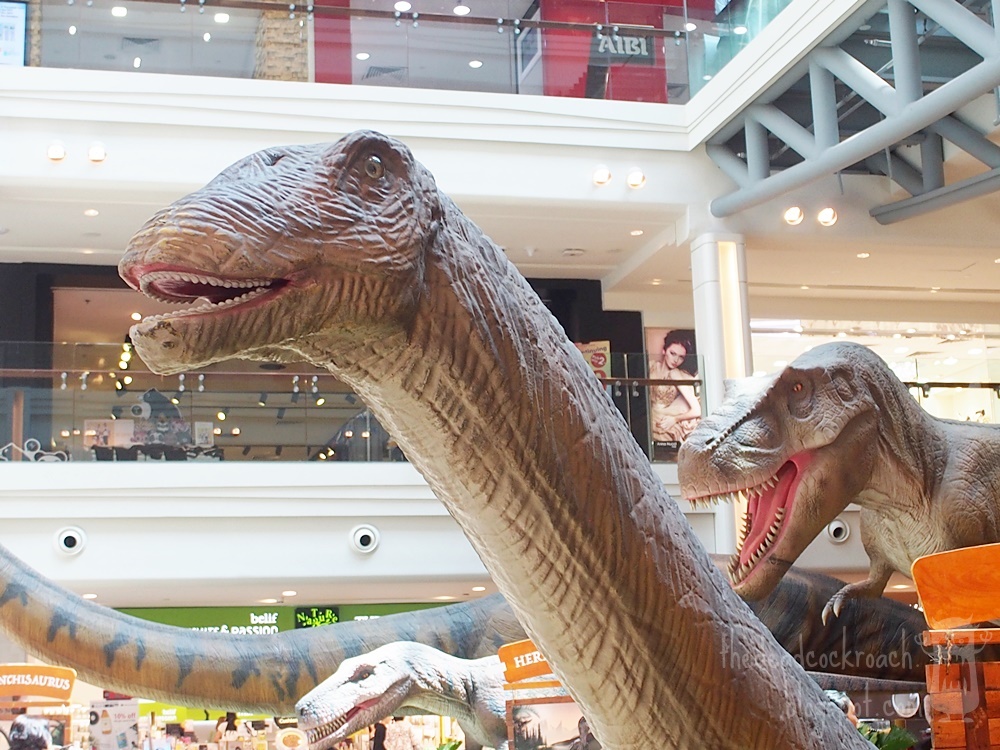
Omeisaurus
Omeisaurus (meaning "Omei lizard") is a genus of sauropod dinosaur from the Middle Jurassic Period (Bathonian-Callovian stage) of what is now China. Its name comes from Mount Emei, where it was discovered in the lower Shaximiao Formation of Sichuan Province.Like other sauropods, Omeisaurus was herbivorous and large. It measured 20.2 metres (66 ft) long, and weighed 9.8 tonnes.Omeisaurus was first described in 1939. It was named after the sacred mountain Omeishan, which is where the first fossil example of Omeisaurus was found. Most skeletons of Omeisaurus were found in the 1970s and 1980s, during the great “Chinese dinosaur rush”. - Wiki
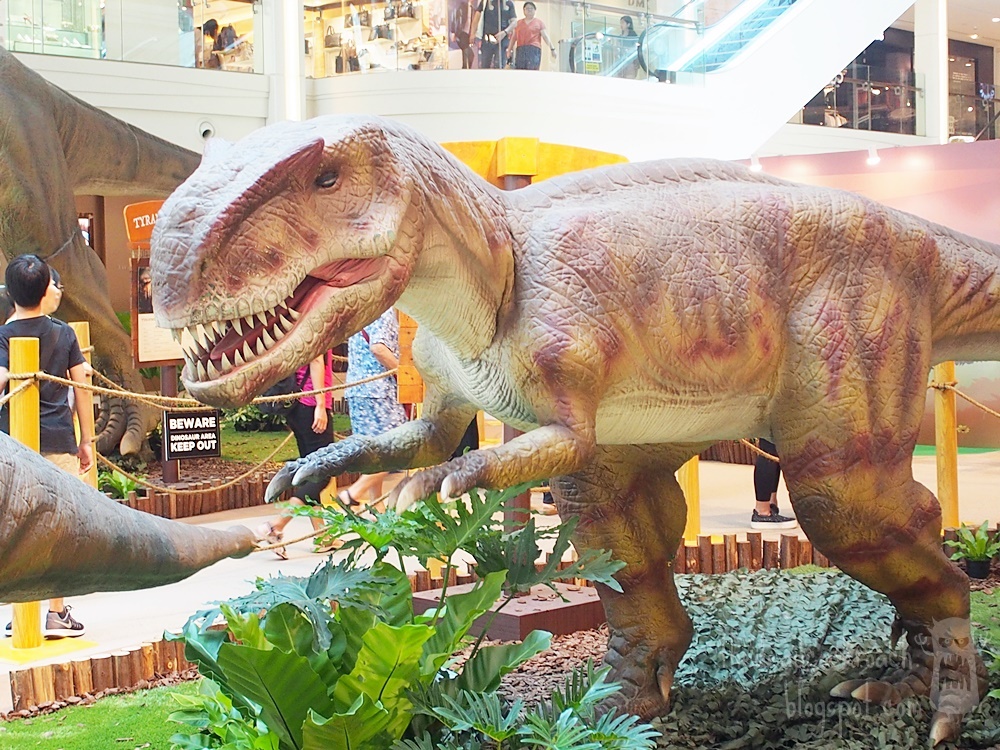
Yangchuanosaurus
Yangchuanosaurus is an extinct genus of metriacanthosaurid theropod dinosaur that lived in China during the Bathonian and Callovian stages of the Middle Jurassic, and was similar in size and appearance to its North American relative, Allosaurus. It hails from the Upper Shaximiao Formation and was the largest predator in a landscape which included the sauropods Mamenchisaurus and Omeisaurus as well as the Stegosaurs Chialingosaurus, Tuojiangosaurus and Chungkingosaurus. It got its name after its discovery site in Yongchuan, in China. - Wiki
This exhibition started on May 26 (I know, that's a week ago) and will run until June 11 so you still have a week to catch them in action!
Expect hands-on workshops, dino rides and 'live' science shows during the weekends.
For more information, click here.
RAWR! DINOSAURS UNEARTHED!
Date : 26 May to 11 Jun 2017
Time : 11am – 8.30pm
Venue : Main Atrium, Level 1
PLAZA SINGAPURA
68 Orchard Road
Singapore 238839
Google Map: https://goo.gl/maps/FUL9SmCXN4H2
GPS Coordinates:1.3010224,103.8431138
68 Orchard Road
Singapore 238839
Google Map: https://goo.gl/maps/FUL9SmCXN4H2
GPS Coordinates:1.3010224,103.8431138





